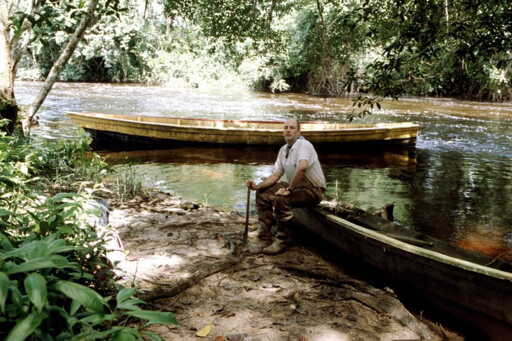Born in the French city of Brest in 1962, archaeologist Stéphen Rostain has worked in the Amazon for more than 40 years, primarily in French Guiana and Ecuador. He has authored or co-authored more than 450 publications on the rainforest’s past and present, including some 45 books. In January 2024, Rostain made a big splash as the lead author of a Science paper on the Upano Valley’s “urban garden culture” in the eastern Ecuadorian Amazon. It led to an avalanche of headlines around the world, many of which overly claimed a “lost city” had been found, and sparked new interest in Amazon archaeology. “I thought perhaps 10 journalists would contact me for an interview. But I did 10 to 20 interviews a day,” Rostain told Mongabay. As director of research at the French Institute for Scientific Research, Rostain isn’t very positive about the future of the Amazon. As deforestation continues and global temperatures continue to rise, he said the Amazon has already reached a turning point and is on its way to partially becoming a savanna. The profound changes in Western thinking about the rainforest that have taken place over the past decades offer a glimmer of hope. This includes the shift in our perception of the Amazon’s past and an end to the centuries of prejudice toward Indigenous people. “Our preconception has long been that the ‘Indians’ are just savages and their oral traditions just crazy legends,” Rostain told Mongabay in June. “Thankfully, that has changed. Twenty years ago,…This article was originally published on Mongabay
From Conservation news via this RSS feed


